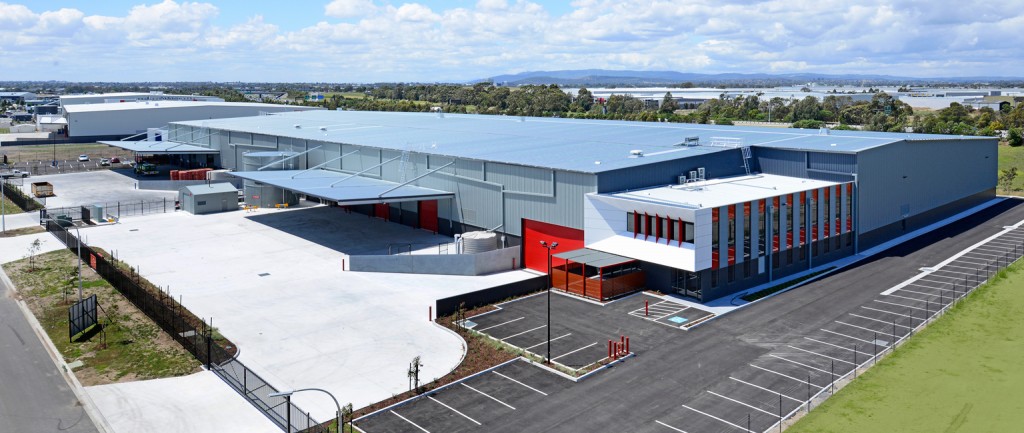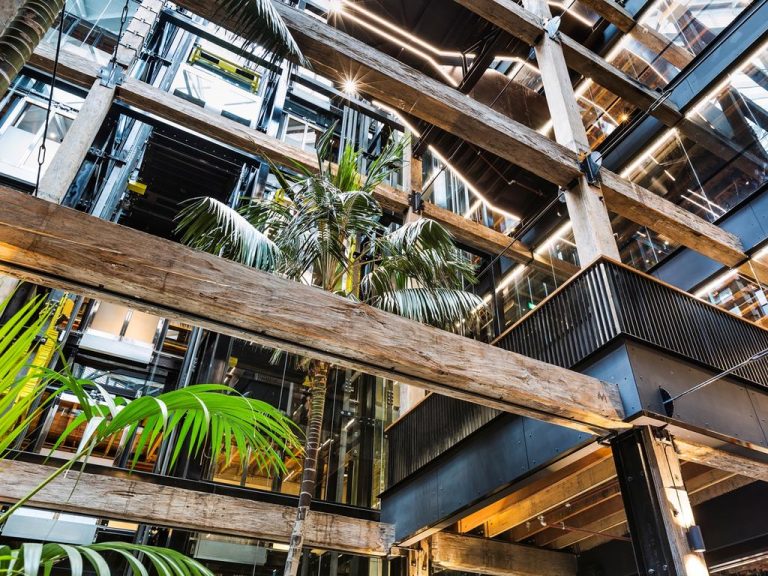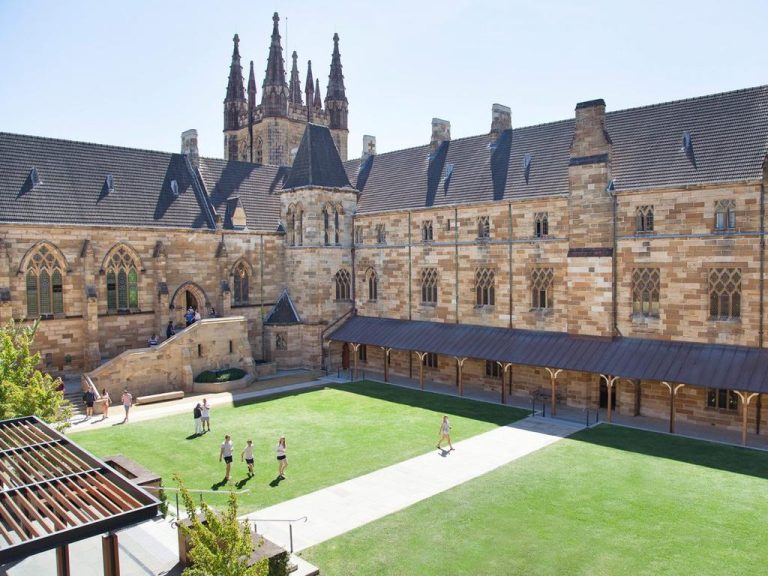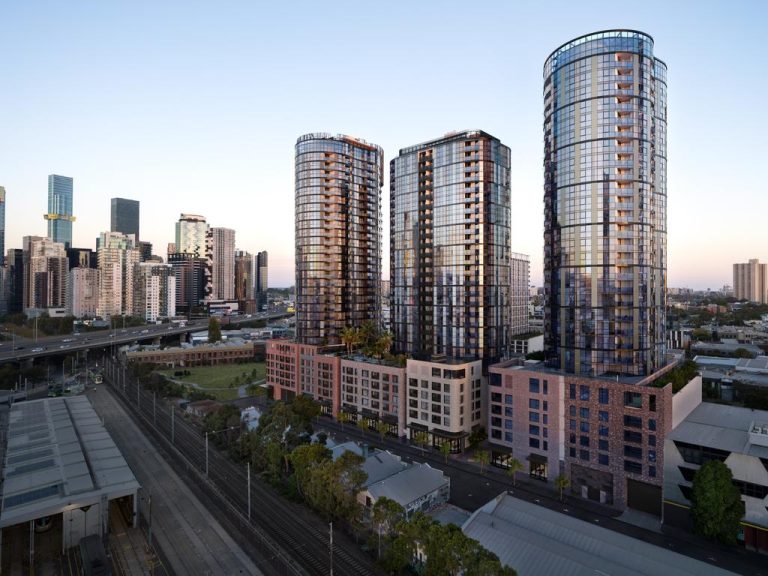Industrial shift hits east coast vacancies

More than a million square metres of industrial space is now vacant in Melbourne, as east coast vacancies rose for the first time in a year.
A Knight Frank report into Australia’s industrial leasing market shows that while vacant space continued to fall in Sydney during the first quarter of 2016, vacancies in Melbourne jumped by 6.2% to 1,074,788sqm.
Knight Frank group director of research and consulting Matt Whitby says that the climbing vacancy rate was driven by a 16% increase in the prime stock market.
Rents increase: Land demand turns industrial fortunes around
“This increase was dominated by prime stock, as secondary vacancy actually fell by 2% over the quarter,” Whitby says.
He says cost-cutting businesses are moving away from prime stock and into the secondary market.
Sydney has seen a steady upward trend in leasing deal volumes, resulting in above-average stock take-up for the past nine consecutive quarters
“The key factors are due to current market conditions – cost-conscious occupiers are looking towards secondary stock. In addition, the emergence of new stock on the market has driven up availability.”
“As at April 2016, the proportion of total vacancies made up of prime stock is now 53% of east coast industrial vacancies, up from 45% two years ago and 37% three years ago.”
Vacancies across the entire east coast are now at 2.19 million square metres, a 2.3% increase over the last quarter, though vacancy is down 8.3% since April 2015.
Fortune smiles on Sydney
That result is due largely to a huge 39% drop in Sydney industrial vacancies over the past year.
“Sydney has seen a steady upward trend in leasing deal volumes, resulting in above-average stock take-up for the past nine consecutive quarters,” Whitby says.
“This is a result of a number of factors, including increased economic activity, particularly in the household goods and construction sectors, and high demand in the Sydney area due to the development of key infrastructure projects. However it is also due to large institutional owners moving tenants among portfolio assets.”
Brisbane a surprise performer
Brisbane’s vacant industrial space continued to fall throughout the first quarter of the year and is down 6.4% on the same time last year, though Knight Frank joint head of industrial Queensland, Mark Clifford, says a raft of new industrial facilities are expected to open up vacancies later this year.
“Pre-committed new construction is expected to provide further backfill vacant space over the course of 2016 with Beaumont Tiles, Couriers Please, Lindsay Bros Transport and OI all expected to make significant relocations during the year,” Clifford says.
Despite the recent improvement, the vacancy remains 51% above the long-term average and tenant demand is still patchy
“We believe a series of imminent commitments will provide a solid boost to the leasing market. Tenants 6000sqm-plus with a sufficient lead time will continue to be attracted to new construction as the low yield environment for long WALE assets supports construction at relatively lower rental levels.”
But Whitby remains cautious about Brisbane’s results.
“Despite the recent improvement, the vacancy remains 51% above the long-term average and tenant demand is still patchy,” he says.
“However, the vacancy level within existing assets should continue to decrease with tenants having the opportunity to upgrade their accommodation at lease end on competitive terms.”
Perth continues slide
A 16% increase in industrial vacancy (for spaces over 2000sqm) saw total vacant space reach a new high of 647,746sqm.
Knight Frank senior director and head of industrial WA, Jarrad Grierson says the resources downturn is continuing to affect industrial fortunes.
“The Perth industrial market has a high correlation with the resources sector where companies are currently sitting idle or downsizing, triggering downward pressure on rental rates. Some businesses are taking advantage of the softer market conditions and looking to upgrade into better quality accommodation in a better location,” Grierson says.
Vacancy in secondary-grade buildings increased by 22% over the past quarter and almost doubled over the past year
But prime stock vacancy bucked that trend with a substantial decrease over the past year, he says.
“Vacancy in secondary-grade buildings increased by 22% over the past quarter and almost doubled over the past year and now accounts for 76% of total stock. This is in stark contrast to the prime market, where vacancy was unchanged over the past quarter and actually fell by 24% over the year.







